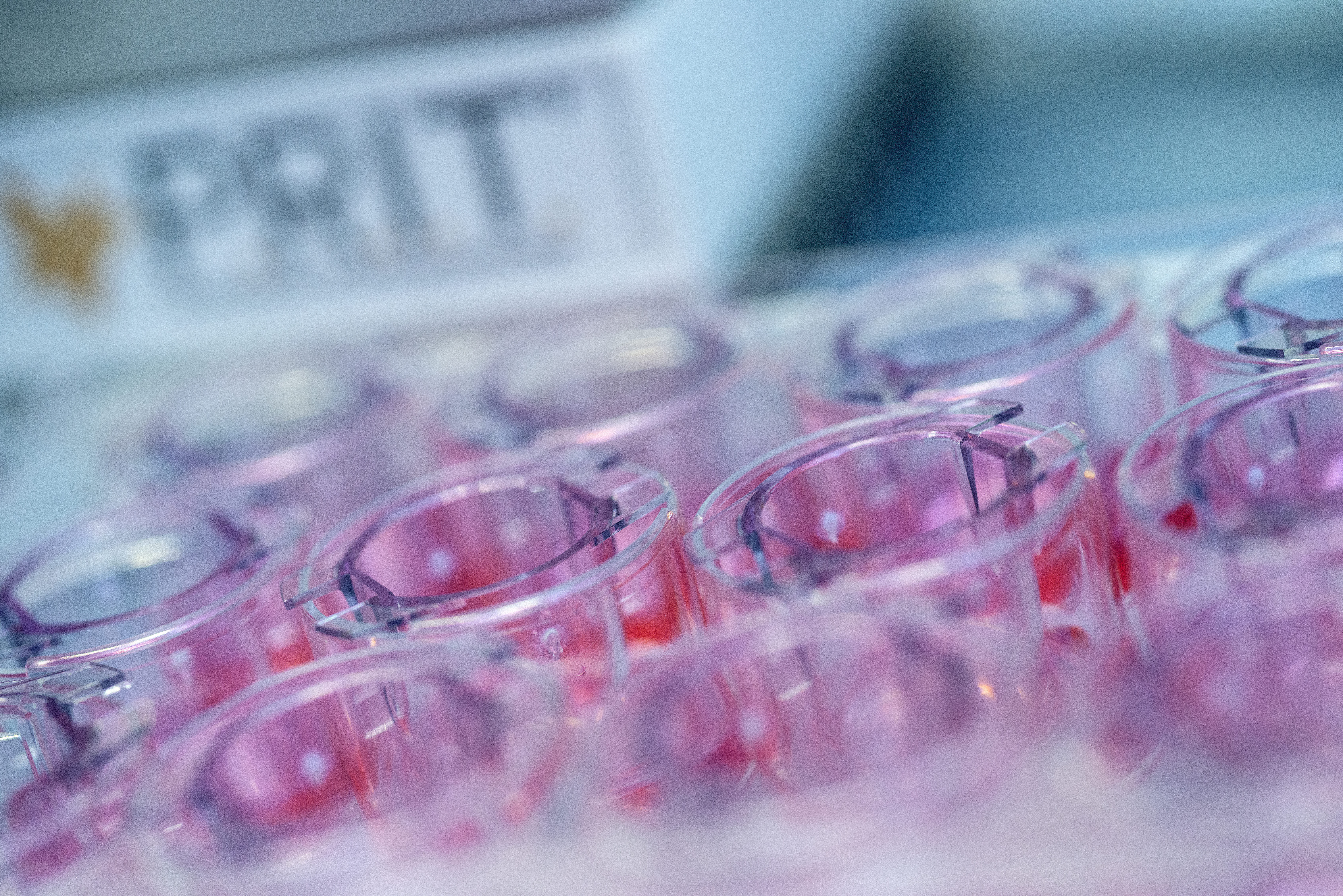Studying early events in the pathogenesis of respiratory diseases in human lung tissue
For improved prediction of chemical toxicity and adverse drug reactions as well as for safety assessment in line with the principle of the 3Rs, other models than animals are needed. The aim of the 3Rs principle is to avoid animal experiments altogether (replacement), to reduce the number of animals per experiment (reduction) and to keep animal distress to an absolute minimum (refinement). As an adverse outcome induced by an agent (such as a chemical or drug) can be linked to molecular initiation events, it is possible to investigate early events in the pathogenesis of acute and chronic respiratory diseases by measurement of key events at the cellular or tissue level.
 Fraunhofer Institute for Toxicology and Experimental Medicine
Fraunhofer Institute for Toxicology and Experimental Medicine

